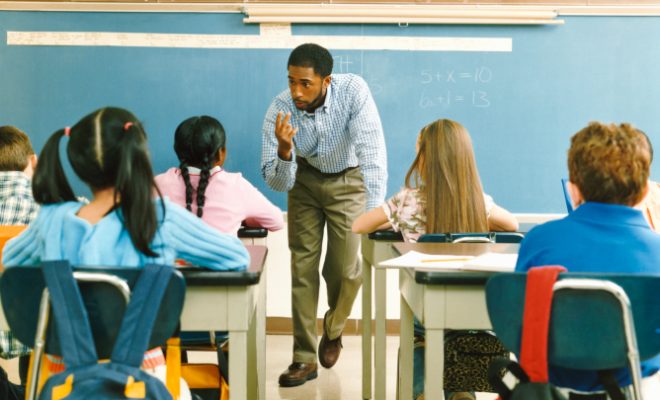Activities to Teach Students to Identify Three-Dimensional Figures

Three-dimensional figures are important geometric objects that are used in various fields of study such as architecture, engineering, and mathematics. Being able to identify these figures is an essential skill for students to learn as it enables them to understand the world around them and apply mathematical concepts to real-world scenarios.
Here are some activities to teach students how to identify three-dimensional figures:
1. Building Blocks:
Give each student a set of building blocks (such as Legos or wooden blocks) and have them construct various three-dimensional figures such as cubes, spheres, pyramids, and cylinders. This activity allows students to visually and tactilely understand the concepts of volume, surface area, and shape. It also promotes spatial reasoning and critical thinking.
2. Scavenger Hunt:
Give students a list of three-dimensional objects to find around the classroom or school. For example, a sphere could be a basketball, a cube could be a box, and a pyramid could be a piece of furniture. Students can work individually or in groups to find and identify the objects, and then report back to the class.
3. Guess My Figure:
This activity involves one student describing a three-dimensional figure using its properties such as the number of edges, faces, and vertices. The other students then guess which figure it is. This promotes communication skills, geometry vocabulary, and critical thinking.
4. 3D Printing:
If your school has access to a 3D printer, this activity could be very engaging for students. Have students design their own three-dimensional models on a computer program such as Tinkercad. Then, print the models out on the 3D printer and have students identify the figures they have created.
5. Online Resources:
There are many online resources available that students can use to practice identifying three-dimensional figures. Websites such as Math Games, Math Playground, and Khan Academy provide interactive games, videos, and quizzes that make learning fun and engaging.
In conclusion, teaching students how to identify three-dimensional figures is a crucial skill that helps them understand the world around them and strengthens their spatial reasoning and critical thinking abilities. These activities provide engaging and interactive ways for students to learn and practice these concepts.





